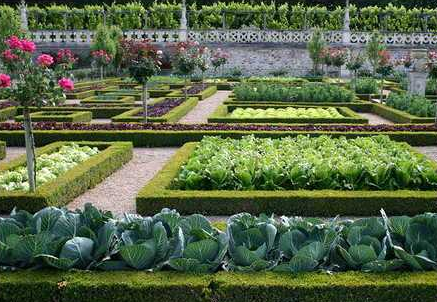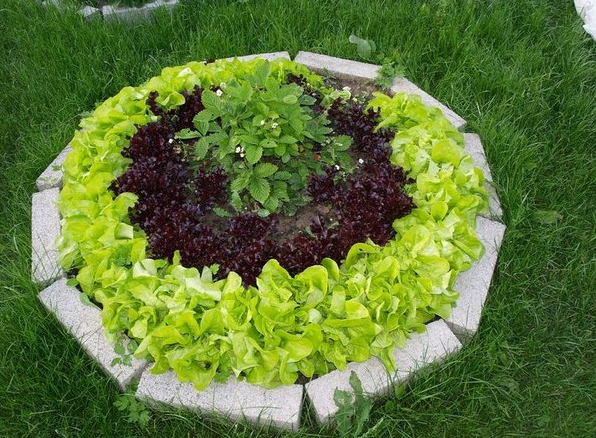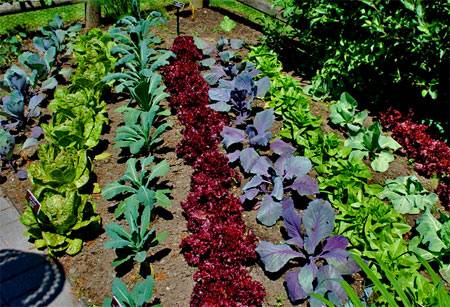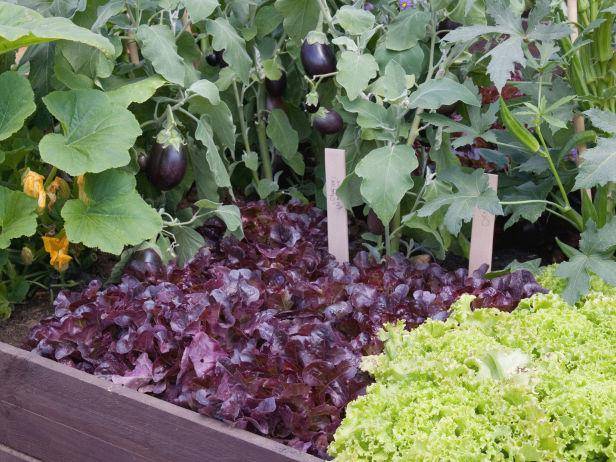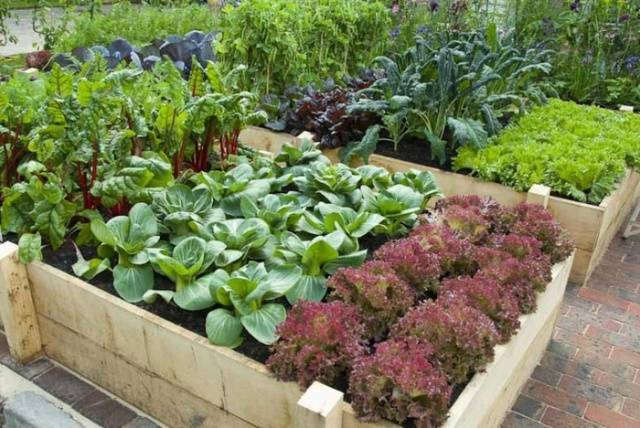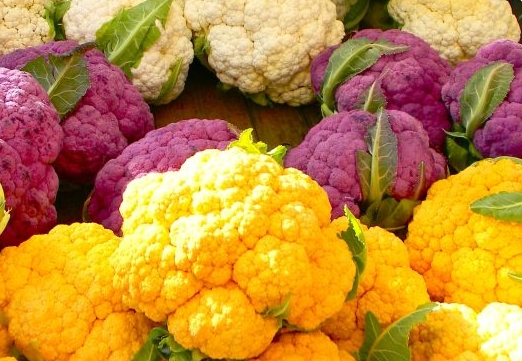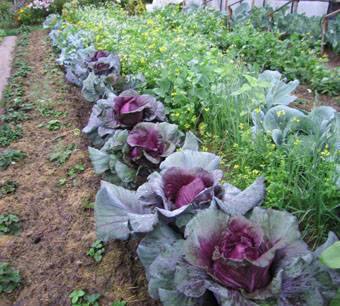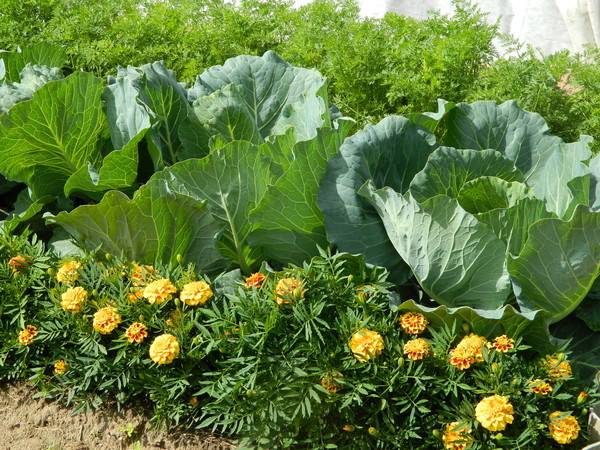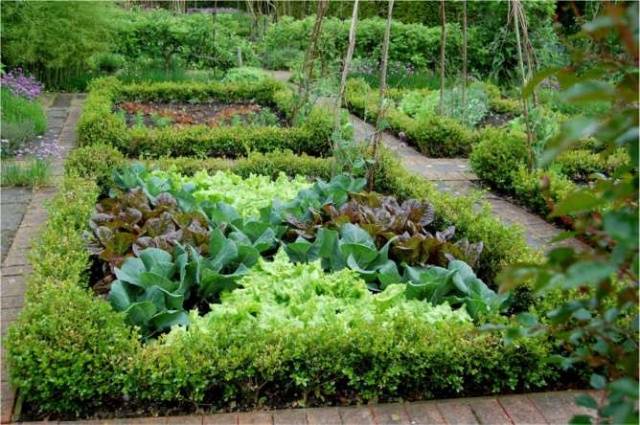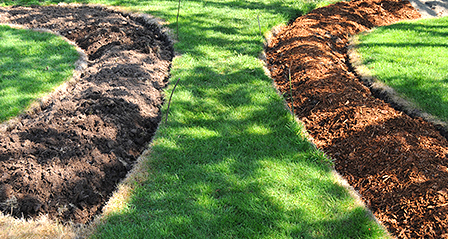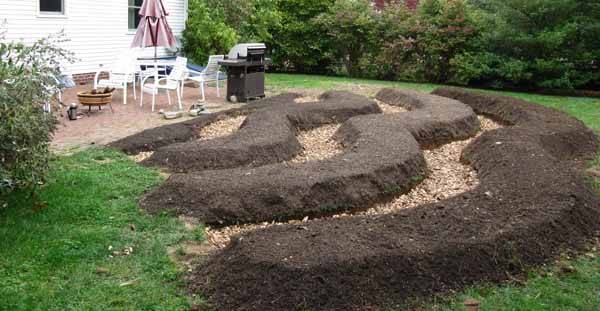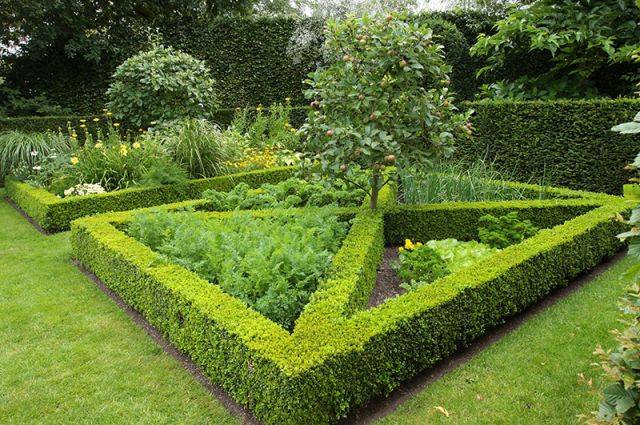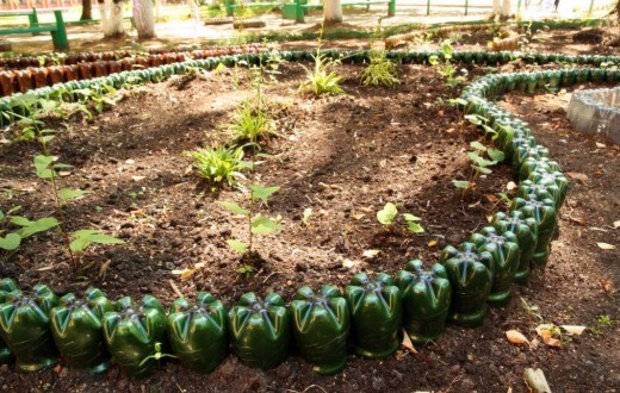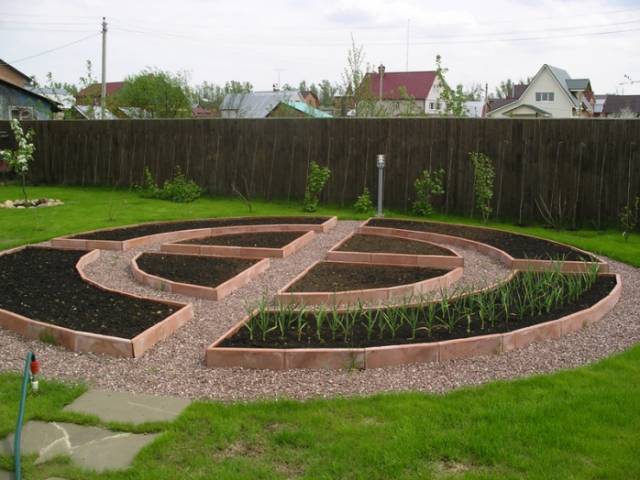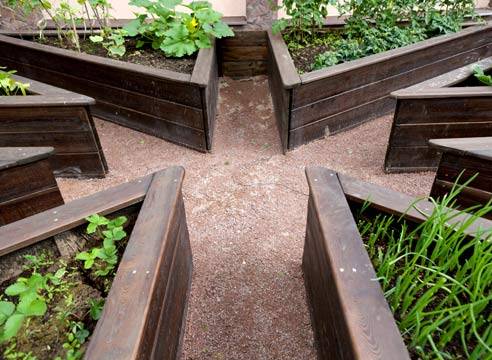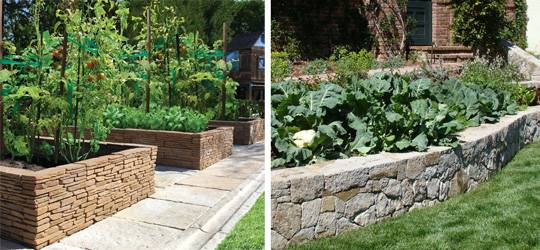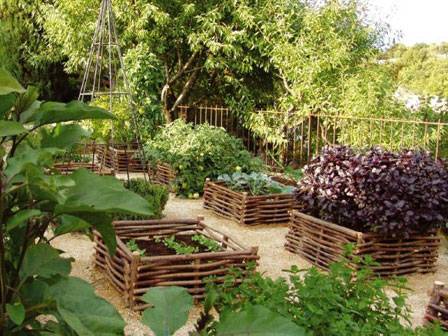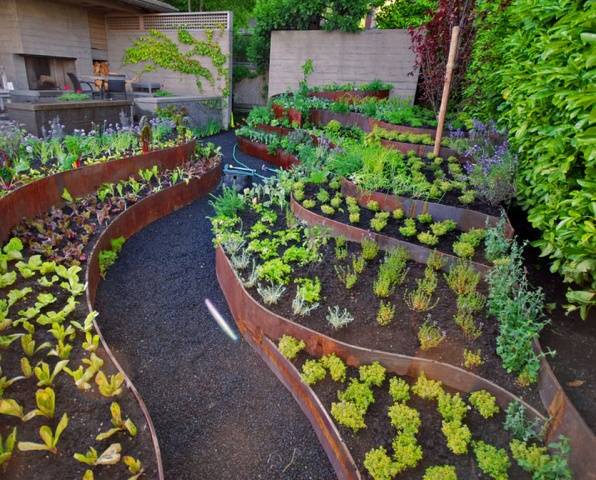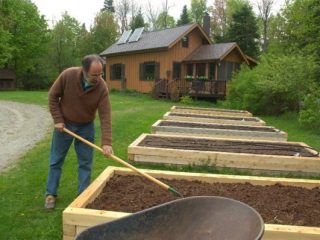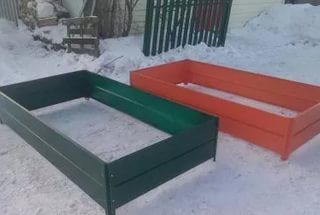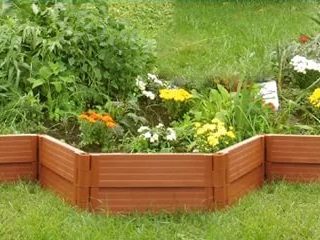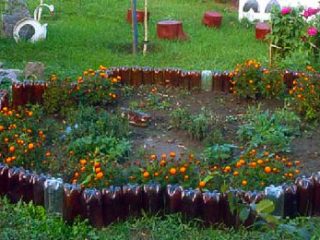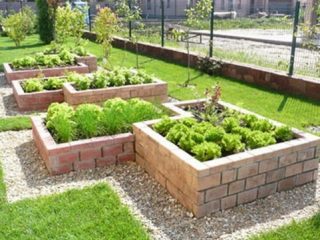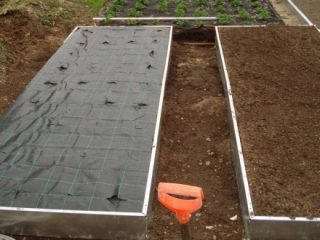Content
For most modern farmers, a vegetable garden is not only an affordable source of food, but also a springboard for realizing their creative ideas. Original beds in the country - this is the fashion trend of today. Making them with your own hands is not at all difficult, but at the same time they bring a lot of aesthetic pleasure. With their help, the entire garden can be turned into an excellent recreation area, decorated with vegetable and berry plants. By creating beautiful compositions from beds, you can surprise your loved ones and friends, get a rich harvest and enjoy plenty of grown products.
When creating a beautiful vegetable garden, you can use your own ideas or emphasize them from previously created projects. So, below in the article we will outline the basic principles of arranging a vegetable garden and offer creative ideas for creating beds in the country with your own hands.
Basic principles
There are several principles that should be considered before you start planning your summer cottage:
- It is better to build raised beds without a box in a garden with black soil, when there is no need to buy soil.
- High beds are the prototype of flower beds, they are highly decorative and allow you to protect plants from rodents.
- It is recommended to build warm ridges for growing heat-loving plants. They are the best option for regions with low climatic temperatures.
- In arid regions, plants can be planted in holes.
- For clay soils and low-lying areas, raised beds should be preferred.
- It is convenient to carry out weeding and watering on beds with a height of 40 to 60 cm.
- The width of the bed should not be more than 120 cm, as this will complicate the process of cultivating the soil and caring for plants.
- The passage between the ridges must be at least 30 cm. If it is planned to create ridges with a frame, then this distance should be increased to 60 cm, which will allow the wheelbarrow to be moved smoothly in the passages.
- The optimal orientation of garden beds is along the cardinal directions from south to north. With this arrangement, the plants will be evenly illuminated by the sun.
- In the shade you can create beautiful beds for growing greenery.
- Garden beds can be placed near the walls of permanent buildings (house, garage, shed) on the south side. In this case, the walls will serve as a wind shelter.
- Several crops can be grown in one bed at once, but “neighbors” should be chosen very carefully so that they do not harm each other.
Taking into account the above principles and assessing the existing site, you can plan the type, shape and parameters of the beds. At the same time, you can use both sunny and shady areas to implement ideas for creating beautiful beds.
Ideas for creating beautiful beds
There are at least two answers to the question of how to make beautiful beds: create the original beds themselves from decorated materials or plant plants, combining their different colors and shapes.These two techniques can also be combined to create wonderful ridges.
Plant combinations
It is worth noting that each plant has its own decorativeness and uniqueness. At the same time, by combining different crops you can get ridges of amazing beauty. Flowers and herbs can be included in the composition. Some of them will help protect the main vegetable crops from diseases and pests.
One of the most ornamental plants is lettuce. There are many varieties of it, with different leaf shapes and colors. For example, the leaf variety “Zabava” will bring red shades to the garden bed. Lettuce "Assol" belongs to the head variety; its leaves are green in color with a red frame around the edges. These types of salad can decorate any garden bed. They can be planted in a mixed composition with crops such as carrots, radishes, cucumbers, and strawberries. Lettuce can also be planted together with parsley and basil. Herbaceous plants can decorate shady areas of the ground.
Cabbage is another plant that can surprise with its beauty. Thus, ordinary white cabbage can be used to create decorative borders. Red-headed varieties are great for decorating beds, for example “Rodima F1”, “Mikhnevskaya Krasavitsa” and others. Cauliflower "Amethyst F1" has a stunning purple color. You can add a unique orange color to your garden bed by planting Cheddar F1 cauliflower.
Cabbage is great for proximity to crops such as onions, dill, beets, and celery.
It is worth noting that beds with vegetable crops You can also decorate with flowers. So, they are suitable for proximity to many plants. marigold. Their bright orange flowers will add a sunny mood and will bring joy even in the gloomiest weather. At the same time, marigolds will not only allow you to beautifully decorate the garden bed, but will also protect the plants from pests, for example, from aphids.
Do beautiful beds in the garden can be done by planting various plants in rows or geometric shapes. An example of such a unique, creative combination is shown in the photo below.
Unique frames
You can surprise others not only with the natural beauty of plants planted in an original way, but also with the design and shape of the beds. So, you can create beautiful garden beds at your dacha using various materials, including improvised ones, such as stone, plastic, wood, and wicker. Garden beds without a frame, but with an unusual shape, can also decorate any garden.
To create beautiful, original beds it is not at all necessary to use artificially created frames. The natural border of the garden bed can be an ordinary green lawn. At the same time, it is quite simple to create even the most complex shapes. An example of this design of beautiful beds can be seen in the photo below.
Such trench beds give a special look to any site, however, they have their drawbacks:
- lawn grass tends to move into the garden bed over time, which requires constant weeding;
- no protection against rodents and other pests;
- beds quickly lose their shape and need to be constantly adjusted.
Among the advantages of such beds, it is necessary to highlight their excellent decorative appearance, ease of cultivation and subsequent maintenance.
You can make your own beds tall without framing. An example of beautiful raised beds without framing is shown in the photo below.
The passages between self-made bulk ridges can be marked with stone, for example, crushed stone, or sawdust, which can be dug up as fertilizer next year.
An alternative to artificial materials in creating beds are low-growing shrubs, massive vegetable plants and herbs. They can be used as a frame, however, a significant drawback in this case is the need to regularly maintain the plantings.
Green framing of the beds can be done using apical pachysandra, boxwood (shrubs), lavender (herbaceous plant). These plants are ideal for edging beds, but require special care and money. That is why they are more often used to decorate flower beds in front of the front facade of buildings.
A beautiful frame for low beds can be made from available materials, for example, plastic, glass bottles, slate scraps, wooden blocks, ceramic tiles, bricks and other materials.
It is worth noting that fencing made from improvised means is quite reliable and durable, but does not have high decorative qualities. Using piece material it is easy to create beds of intricate, complex shapes.
High and multi-level ridges are highly decorative. So, to create high beds you can use stone, brick, wooden bars and boards.
High beds are called beds with a height of more than 40 cm. They are convenient to weed and water. The technology of creating high beds allows you to protect vegetable plants from rodents and pests.The category of high beds also includes warm ridges, the filling of which makes it possible to grow vegetable crops in early spring. The technology for their creation is described in the video:
Most often, a wooden board or timber is used to create beautiful, high beds. They are widely available and easy to use. Using these natural, environmentally friendly materials, it is convenient to make rectangular and original triangular beds.
Before making beds, wooden elements must be treated with antifungal agents and the inside of the frame must be protected with polyethylene, which will not allow moisture from the soil to be absorbed into the wood.
Stone structures are especially durable and highly decorative. However, their disadvantages include massiveness and high cost. Another disadvantage of stone frames is their inability to retain heat. So, the stone heats up and cools down very quickly. Under such conditions, plants are in a state of stress.
Wattle is a natural, flexible material that is perfect for edging vegetable beds. Wattle is especially popular when decorating beds in a rustic-style landscape. The disadvantage of this material is its fragility.
Multi-level beds can become the asset of any garden. They are highly decorative and allow you to simultaneously grow several vegetable crops that are incompatible with each other. To create multi-level beds, you can use plastic bottles, wood, stone and other materials.
Conclusion
Every farmer can make beautiful, original garden beds at his dacha with his own hands. This requires a little imagination and effort. You can use purchased, improvised material or do without it altogether, creating patterns and ornaments from plants, drawing shapes from the soil. A lot of ideas on how to beautifully decorate your garden are suggested above in the article, however, the hands of each master will be able to create their own, new masterpiece in the garden.
